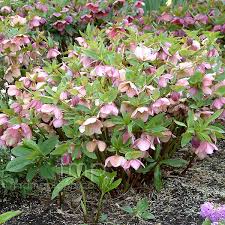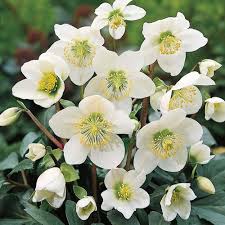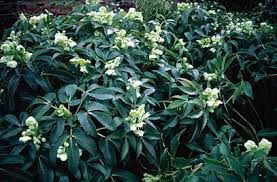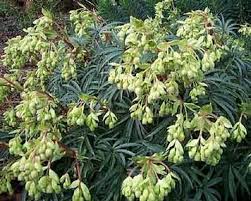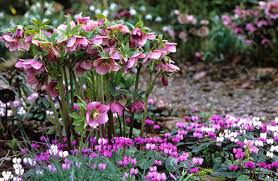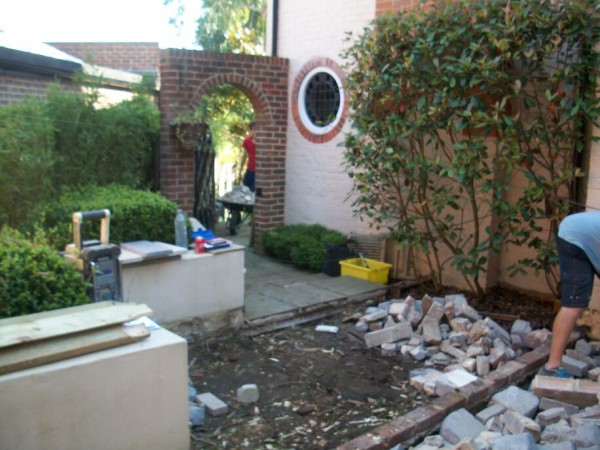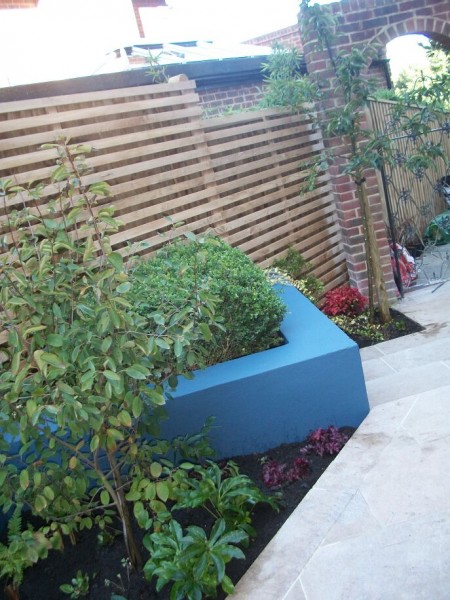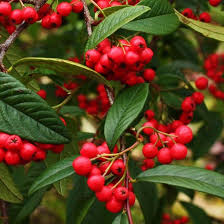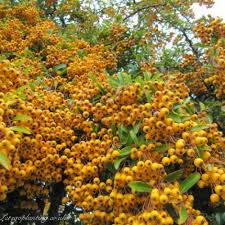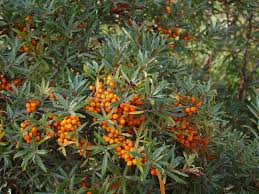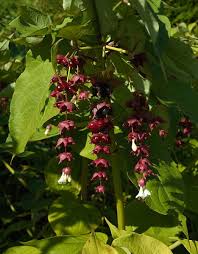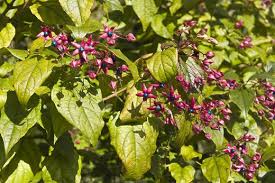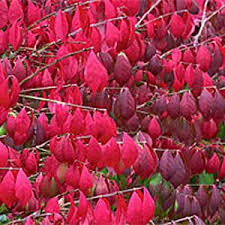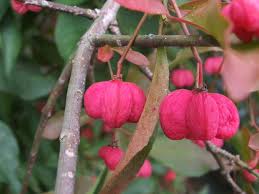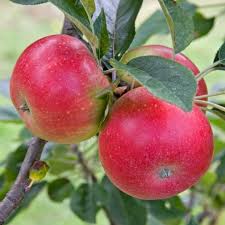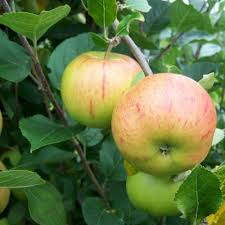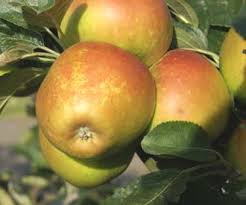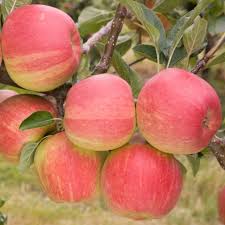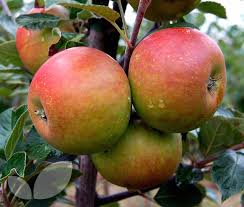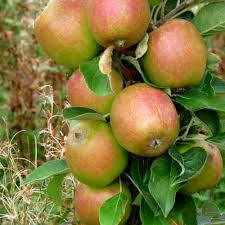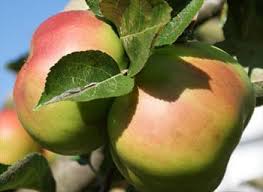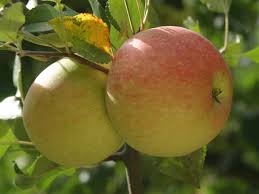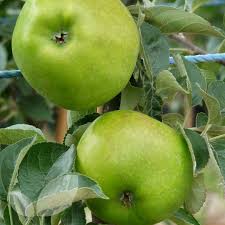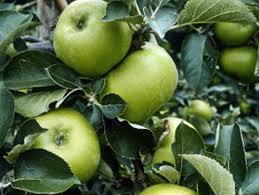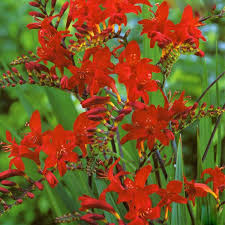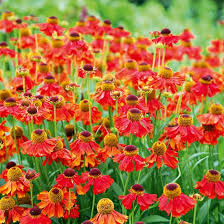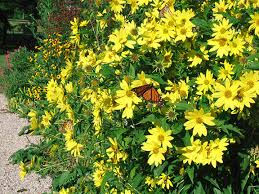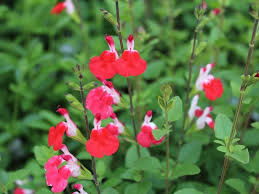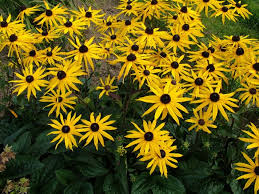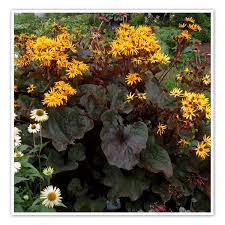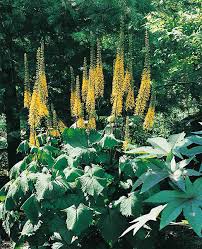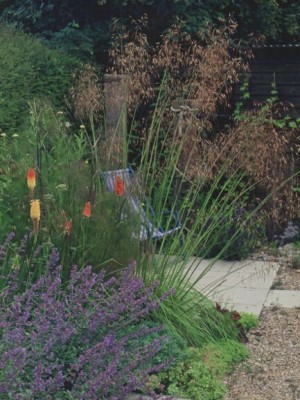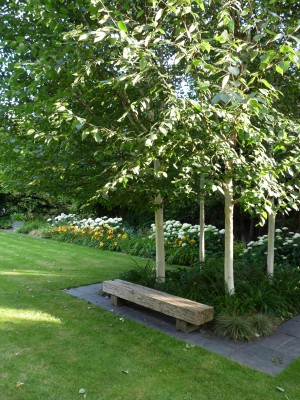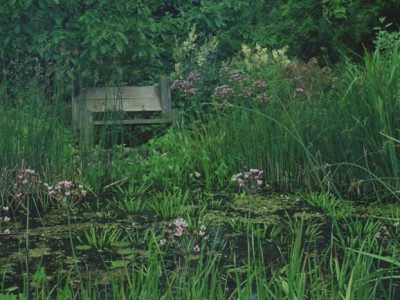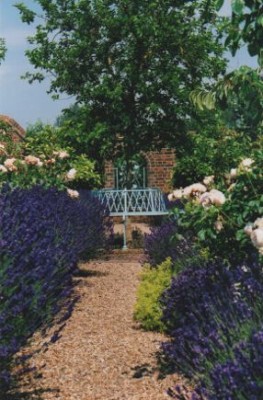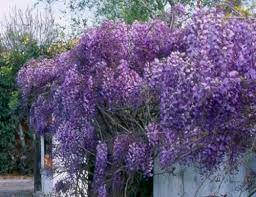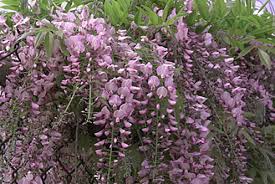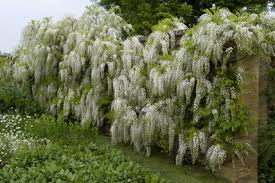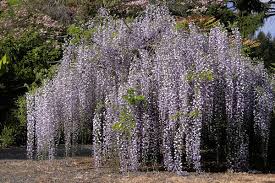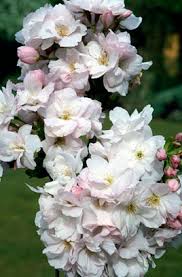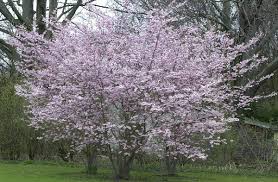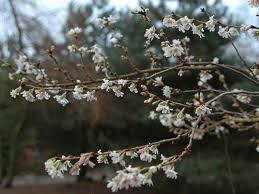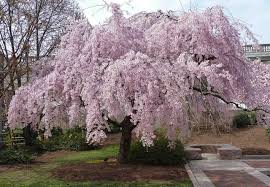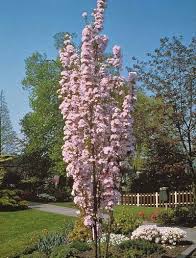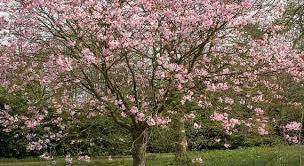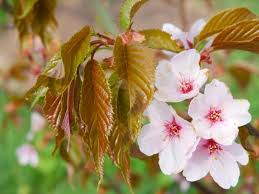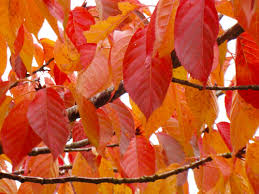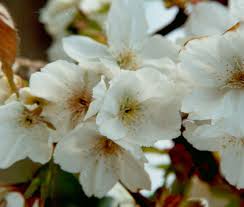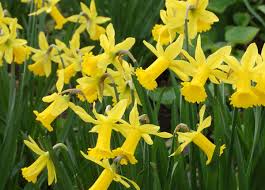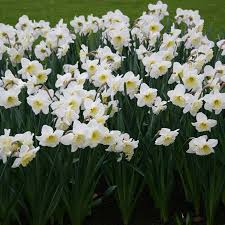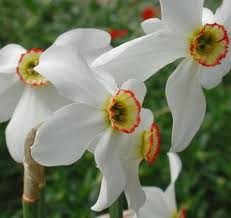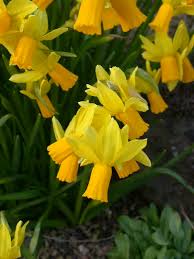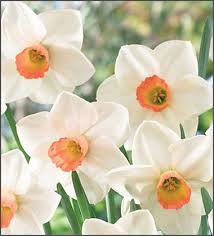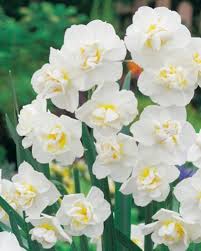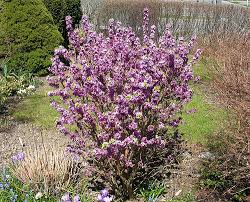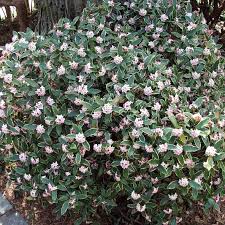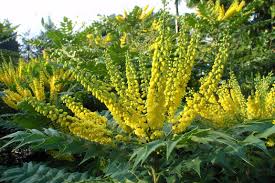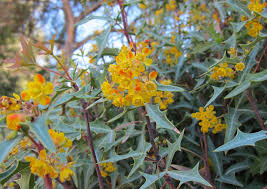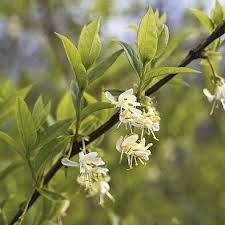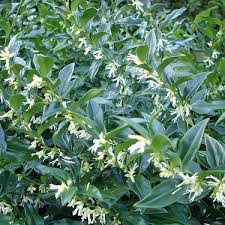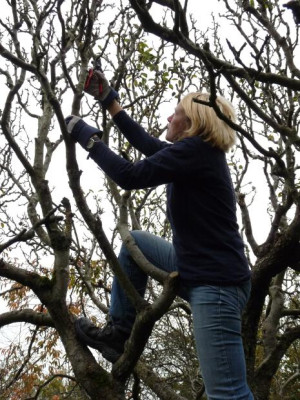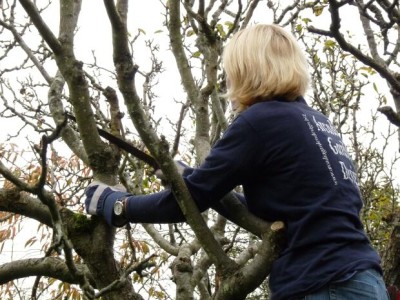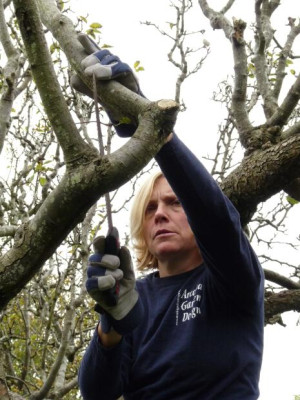There is nothing more wonderful at Christmas than bringing the garden into the house. From garlands of holly and ivy and sprigs of mistletoe, to pots of scented forced bulbs of Hyacinths and paper white Narcissi to the brilliant red of poinsettias and bloucy pink giant cyclamen all are a joy. The icing on the cake of course, is a fresh cut Christmas tree that now sees the humble Norway spruce on the back foot out striped by sturdier and more house friendly ‘non-drop’ varieties of conifers.
But the welcoming show piece that invites both friends and family and Christmas into you home has to be a Christmas wreath on the front door. When that goes up it feels like the festive season really has arrived.
They are easy to make and most gardens have a variety of the raw ingredients needed, you can be as imaginative as you wish, from purists with just ‘naked foliage’, to adding some sparkle by using gold and sliver sprays, to adding Christmas glass balls and flashing lights and everything in between. Also who ever said it had to be round, go wild, square, triangular, or just some draped ivy with a luxuriant red velvet bow, why not?
Top tips for making your own Christmas wreath.
1) making you basic frame; decide on the shape, traditional or your own individual style?
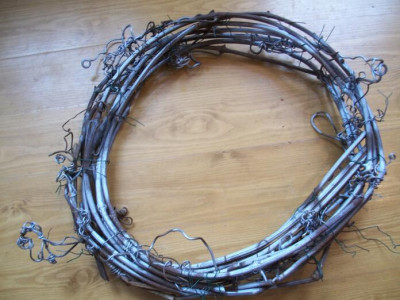
Also the size is very important it must be in scale with the door it is going on, think of the postman here, they still need to be able to get at your letter box and you and everyone else the door handle, don’t get to carried away.
I find vines are the best for making a frame that is strong but flexible enough to bend into the desired shape. Have some thin green garden wire at the ready cut into lengths. Cut about three lengths of vine, remove the leaves, start warping the vine into the shape and size you want. The thickness of three strands should be enough, otherwise you will have a very dense frame that will be heavy and stand very proud of the door. Making it an easy target for barging shoulders in overcoats and winter gales. Use the wire to secure your frames shape, leave any longer sections of wire to help secure the foliage.
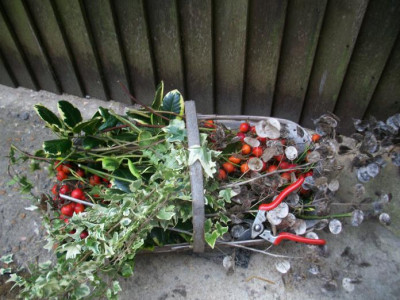
2) Now get foliage hunting; cut all foliage to good lengths to allow you to weave it into the frame to secure it. A good evergreen base layer is needed, it can be holly, or ivy with fruiting berries.
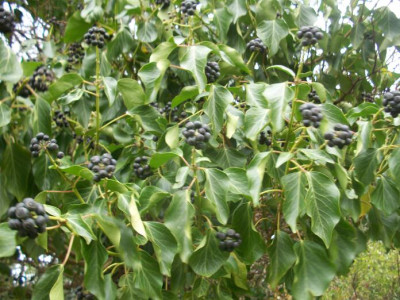
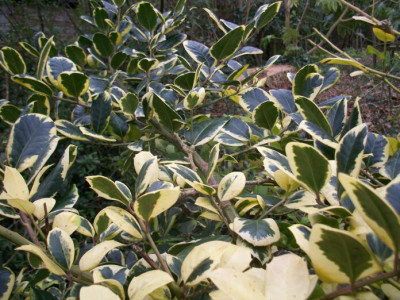
or another evergreen shrub like Viburnum tinus or the common bay. Also choose some variegated foliage, either holly, ivy or Euronymus all are good.
3) The decorative touch; seed heads these can look striking sprayed with gold or sliver or even glitter spray. Alliums, Agapanthus, mop headed hydrangeas and of course teasels
4) Add the colour; Now of course we would all like holly trees dripping with red berries as featured on Christmas cards but for most of us the berry part of our wonderful hollies can be a little bit of a disappointment and if we are lucky enough to have a laden tree the chances are the birds have been feasting since September. So find another source to add that festive splash of red. Cotoneaster, Pyracanthus and of course red rose hips all would work very well.
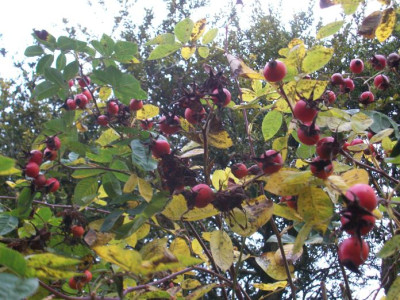
Once it is all safely gathered now is the time to get creative, whether on piles of news paper on the kitchen floor in the green house or garden shed. If you are going to use decorative festive sprays to add a bit of glitz then make sure you have lots of paper down and it is will ventilated.
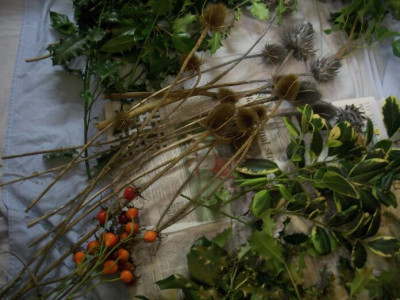
5) First decide which way is up on your frame, hold it up on the front door. Now add a good length of wire round the frame for attaching the wreath to the front door.
6) Spray the seed heads and foliage, allowing them time to dry.
7) Start weaving your base layer onto the front face of the frame, tieing in with wire.
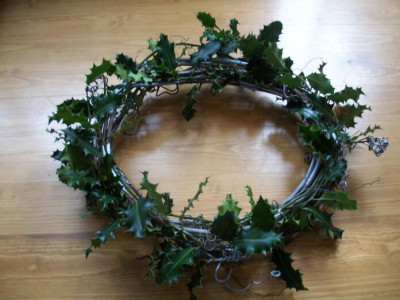
8) Now add your variegated and sprayed foliage.
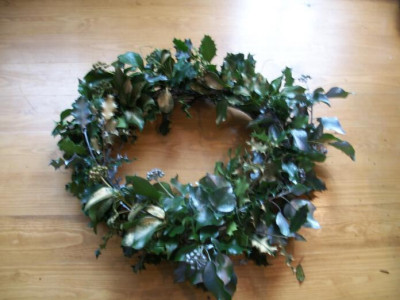
9) Next add in your seed heads and berries, they can either be spread evenly round the whole wreath or be in groups.
10) Make sure everything is securely wired or woven into the frame it has to last a month and the winter winds.
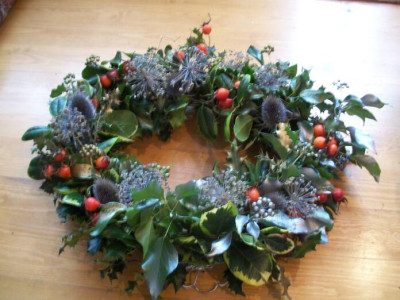
11) Hanging your Christmas wreath, either from the door knocker or a hook or wide headed screw, both which can be painted to match the door so they are there for many more Christmases to come.
12) Use the wire to attach the wreath firmly to the door.
13) The finishing touch; a ribbon of your choice, traditional red but perhaps you want sky blue pink and as wide or narrow as you desire.


Decorative Christmas Door Spray.
If you have less time and no access to materials to make a good frame then a very quick but equally beautiful Christmas door decoration is a spray of foliage.
1) Gather together foliage as above but make sure it is nice and long. Also add some long tendrils of climbing ivy either common or variegated.
2) Having looked at your door and decided how large, wide and long the spray should be with out interfering with door knobs and letter boxes, start work on your decorative Christmas spray.
3) Lay out your base evergreen layer, fan it out to the desired width.
4) add 2 or 3 long tendrils of ivy which will hang below the main body of the Christmas spray.
5) next add your variegated and sprayed foliage.
6) Decorative touch; add the sprayed seed heads.
7) Finally the berries so they lie down at different heights through the spray.
8) Now it is really important to make sure your creation, looks even and balanced and it is not heavy with foliage on one side, it dose not have to be huge to have impact, don’t forget this has to hang on the door and stay there, don’t get too carried away.
9) Next hang it on the door as above.
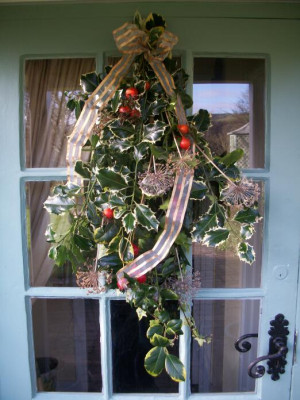
10) The finishing touch, the ribbon now you can go a little wild you want about 1.5/2m in length to give you a generous bow at the top and long ribbons that wind through the spray and dip below it down to the ivy.
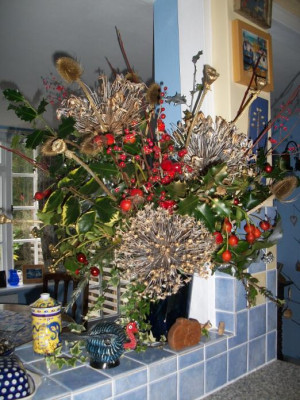
I delight in bringing the garden in at Christmas and getting creative, great vases stuffed full of different hollies, gleaned fruiting ivy heads and sprayed seed heads from artichokes to alliums, and the berries and hips on anything I can find, shelves are cleared and stacked in boxes for the festive season so I can have as many over flowing vases of wonderful mid winter foliage as possible.
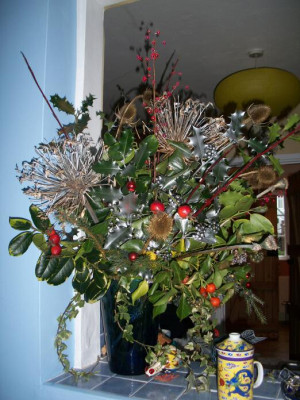

I even have a Christmas tree made of rich red cornus branches hanging with Christmas bobbles and other decorations.

But one of the simplest and most effective of all is to save and dry the heads of Allium Cristophii and A. Schubertii, then spray them sliver. Hang then on a long tread below a light and as they move on the indoor warmth they look like giant snow flakes, quite magical.
Go on get out there, see what treats your winter garden has, get creative!
……………..and enjoy the merry and festive season.
